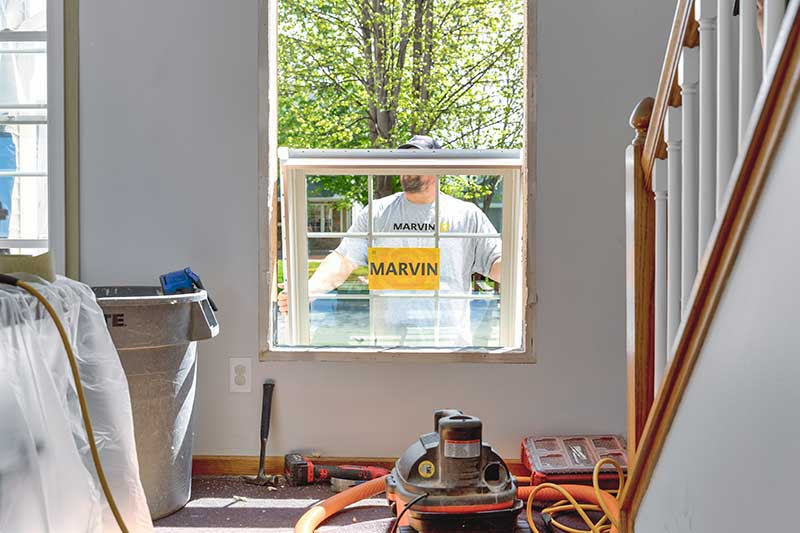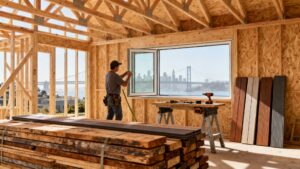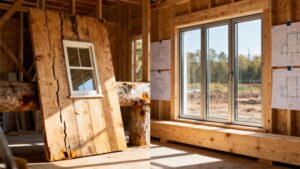Knowing more about the window and door replacement process will help you recognize quality products, avoid expensive mistakes, and make it easier to find a contractor you can trust.
When windows and doors are working properly, most people take them for granted. But when they need to be replaced, many are surprised at how many decisions they’re confronted with when buying new ones. As with every decision, knowledge is power, and this article is intended to empower those who are just beginning their window and door replacement journey. It’s designed to help you understand the different types of installations available and which materials are best.
We’ll cover performance, operation, and style options and discuss common setbacks to look out for. You’ll also find a comprehensive list of questions you should ask potential replacement contractors to help you find a reputable partner that will successfully manage your project from start to finish.
How Do I Know It's Time to Replace My Windows?
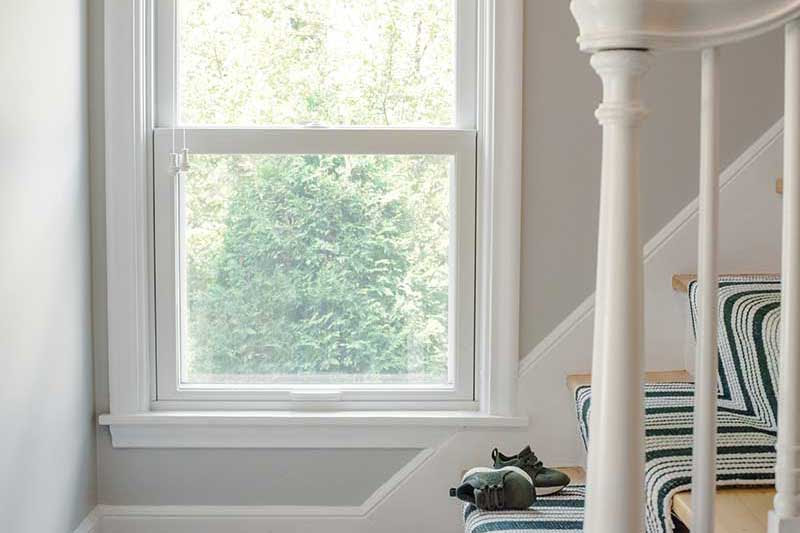
High-quality windows and doors that have been well-maintained and are sheltered by an overhang can last more than 25 years, but poorly made windows and doors exposed to long daily hours of direct sunlight and moisture might need replacing in less than 15 years. How do you know if your windows and doors need replacing? There are some obvious signs, like finding water on the floor after a rainstorm; the wind making curtains blow around even if the window is closed; a foggy film developed between the window panes, or maybe they just don’t open or close properly.
There are also more subtle signs you may need new doors and windows. Is the cost of your electric or gas bill rising faster than a rate increase would explain? Do you find yourself needing an extra layer of clothing in the winter or feel the need to set the thermostat at a lower temperature in the summer than you did in years past? Are you finding more bugs indoors, or does the street noise seem louder than ever? Windows and doors that have reached the end of their effectiveness can be the cause of some or all of these circumstances. Here are six more considerations when replacing windows.
Insert Vs. Full-Frame Replacement, Which is Best?
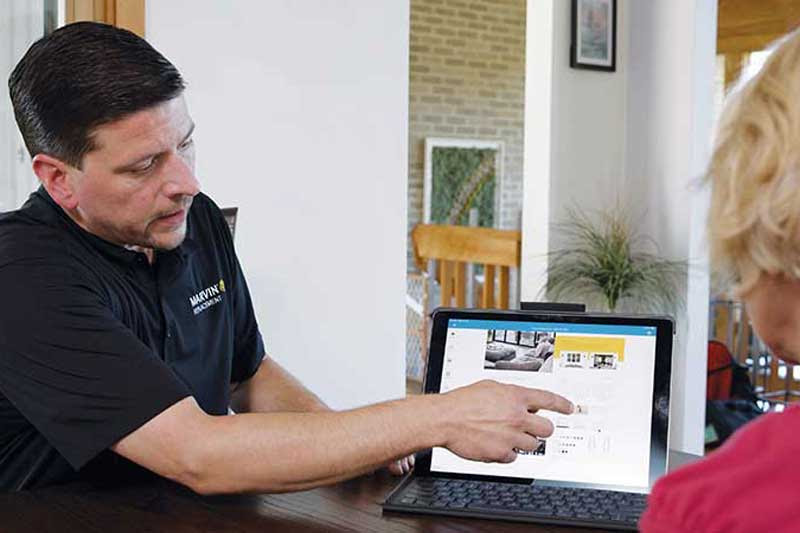
When it comes to windows, there are two basic replacement options, window inserts or full-frame replacement windows.
An insert window replacement project requires only the old window sashes, hardware and covers to be removed and replaced. The new windows are inserted and fastened within the frames of the existing windows. Use inserts when your window frames are in good condition and to preserve your interior and exterior trim. Some advantages of choosing insert-style replacement windows include:
- Less intrusive replacement process
- Faster replacement process
- The money saving on labor costs can be significant
As the name suggests, a full frame replacement window project involves removing the entire windows and all the trim around them, inside and out. Use full frame replacement if you or your contractor is concerned with the condition of your window frames or if you are planning to reconfigure your windows with a larger size or different style. Some advantages of choosing full frame replacement windows include:
- Presents a good opportunity to improve insulation behind the trim
- No reduction in the size of glass/glazing
- Easier to discover and repair water infiltration problems
Can I Keep My Window and Door Trim?
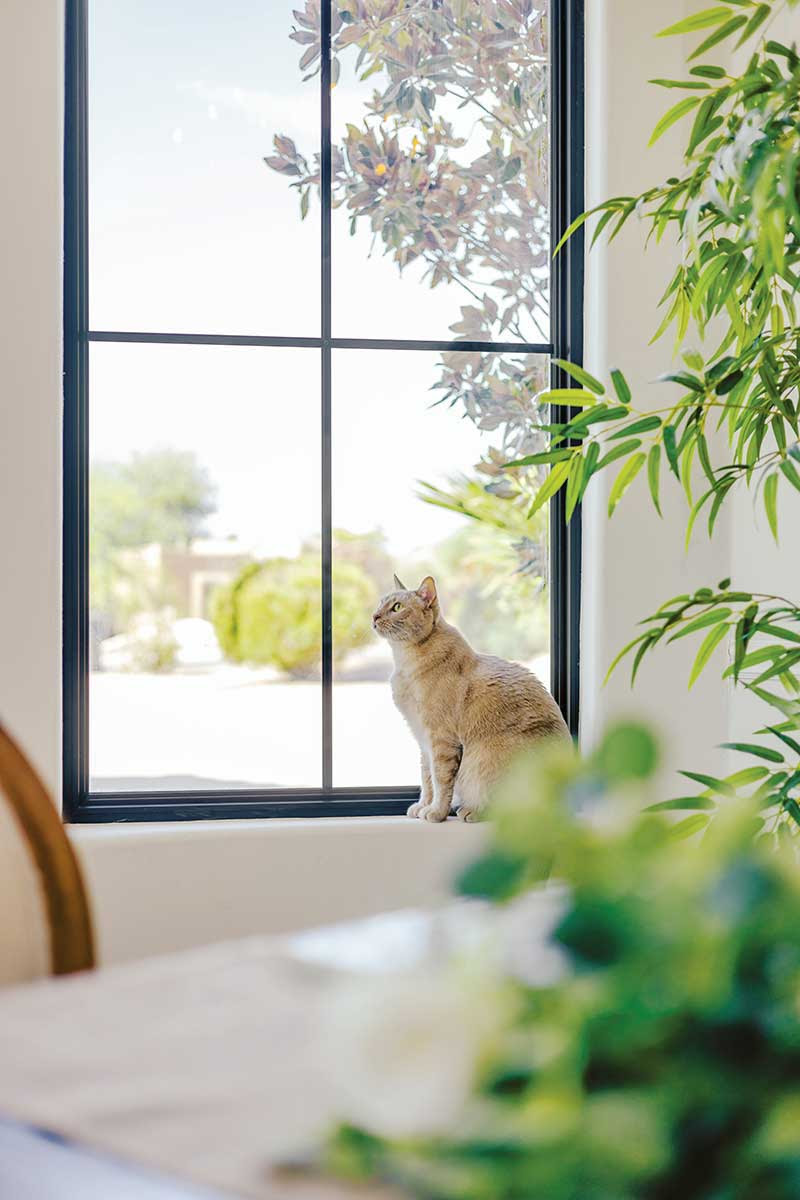
If you choose to install insert-style windows, your trim shouldn’t be disturbed, but that’s not the case for full-frame replacement projects. Also, there is no insert option when it comes to doors, which means some of the exterior trim and all of the interior trim around your doors will have to be removed. The good news is that much of the trim can be saved, and many replacement contractors have crews that are trained and adept at carefully removing standardly configured existing trim and either reusing it or replacing it.
If you own an older home decorated with ornate, historically accurate trim work that features multiple layers and intricate details, you may want to hire a finish carpenter that has experience working on historic homes and has the ability to source or recreate components that may be damaged in the removal process. When trim is removed, there will be putty and painting touchups that need to be completed, so make sure that is addressed in the bid you negotiate. Touchups and the painting and staining of any new trim that is installed may or may not be a service your replacement contractor offers. If they don’t, they will likely be able to refer you to a reputable painting contractor.
How Do I Choose My Replacement Windows?
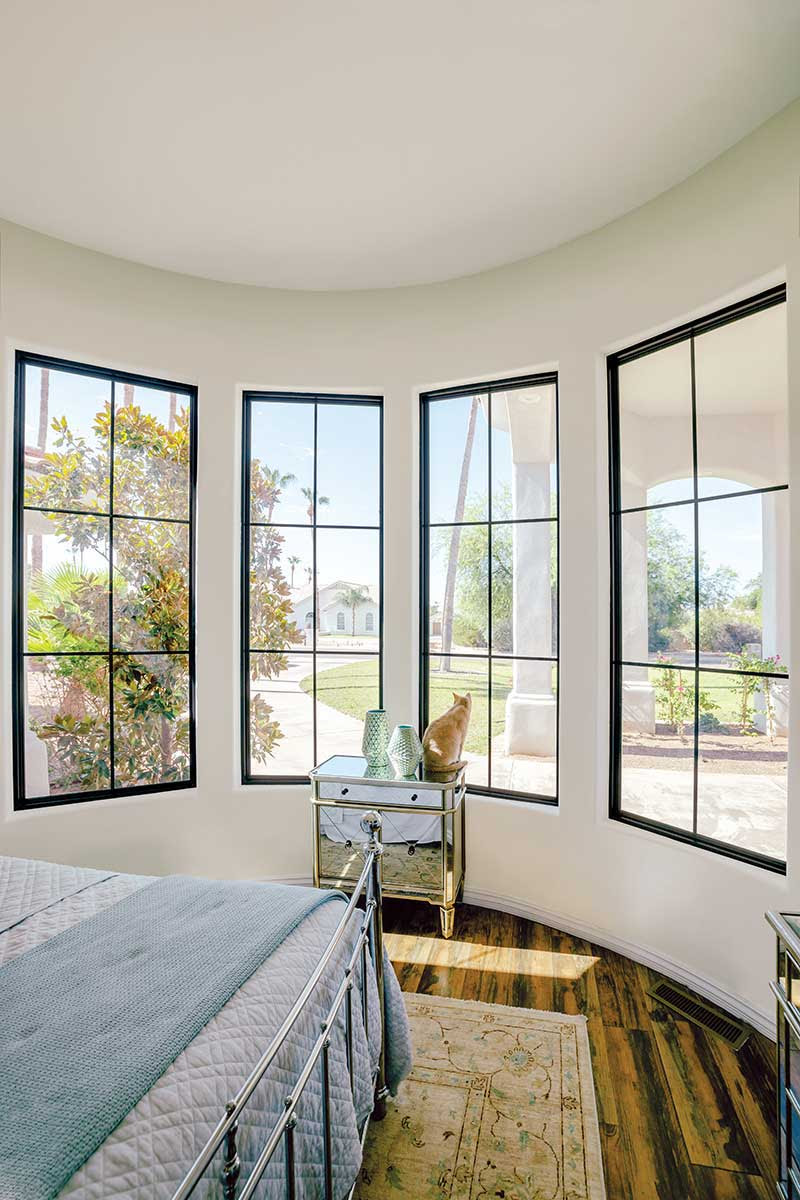
Many homeowners choose to replace their existing windows with the same type of windows, but you do have other options. In addition to several specialty windows, there are five basic types to choose from: awning, casement, double-hung, picture, and sliding. Make sure you ask potential replacement contractors for more details regarding each type of window, but here are some features and benefits of each:
Awning
- Sash is hinged at the top and the bottom swings out
- Operated with a handle or hand crank
- May be able to be left open in damp weather
- More energy-efficient
Casement
- Sash is hinged at the side
- Presents a more modern aesthetic
- Great at capturing a breeze
- Easier to open in hard-to-reach areas
- More energy-efficient
Double Hung
- Has two sashes that slide up and down
- Presents a more classic aesthetic
- Exterior glass is easy to clean
- Good for narrow traffic areas
Picture
- Non-operating
- Often used in conjunction with operating windows
- Large unobstructed views
- Most energy-efficient
Sliding
- Sashes slide side to side
- Unobstructed views
- Perfect for large horizontal openings
- Good for narrow traffic areas
How Do I Choose My Replacement Doors?
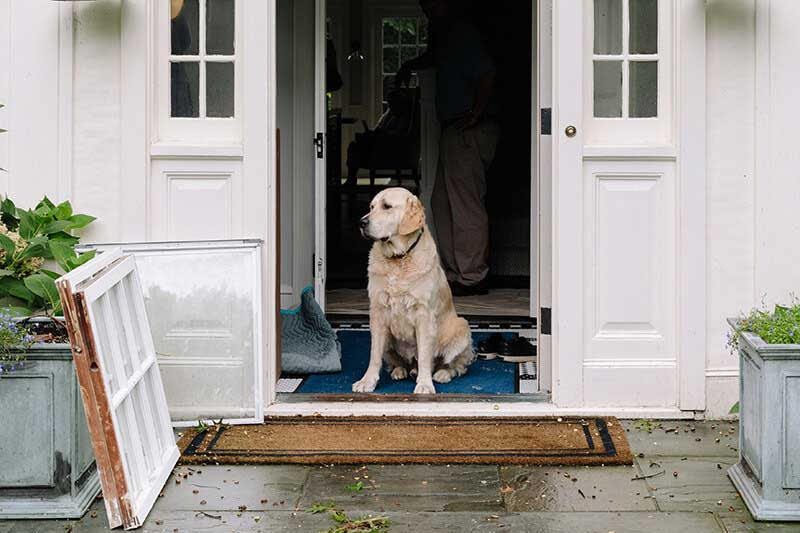
When replacing an entry door, you’ll be able to choose from literally hundreds of panel and glass configurations, but you will likely have to stick to the same type of operation. In other words, if your existing door swings in and to the left, your new door will probably have to do the same, and that’s because your house was designed to accommodate that specific operation. However, when picking a new patio door, you may have more options. You can replace a sliding patio door with a French swinging door for example. Or if you have a large opening with a multi-panel bi-fold door, you might be able to replace that with a panoramic multi-slide or a lift-and-side door system.
What are the Glass Performance Options?
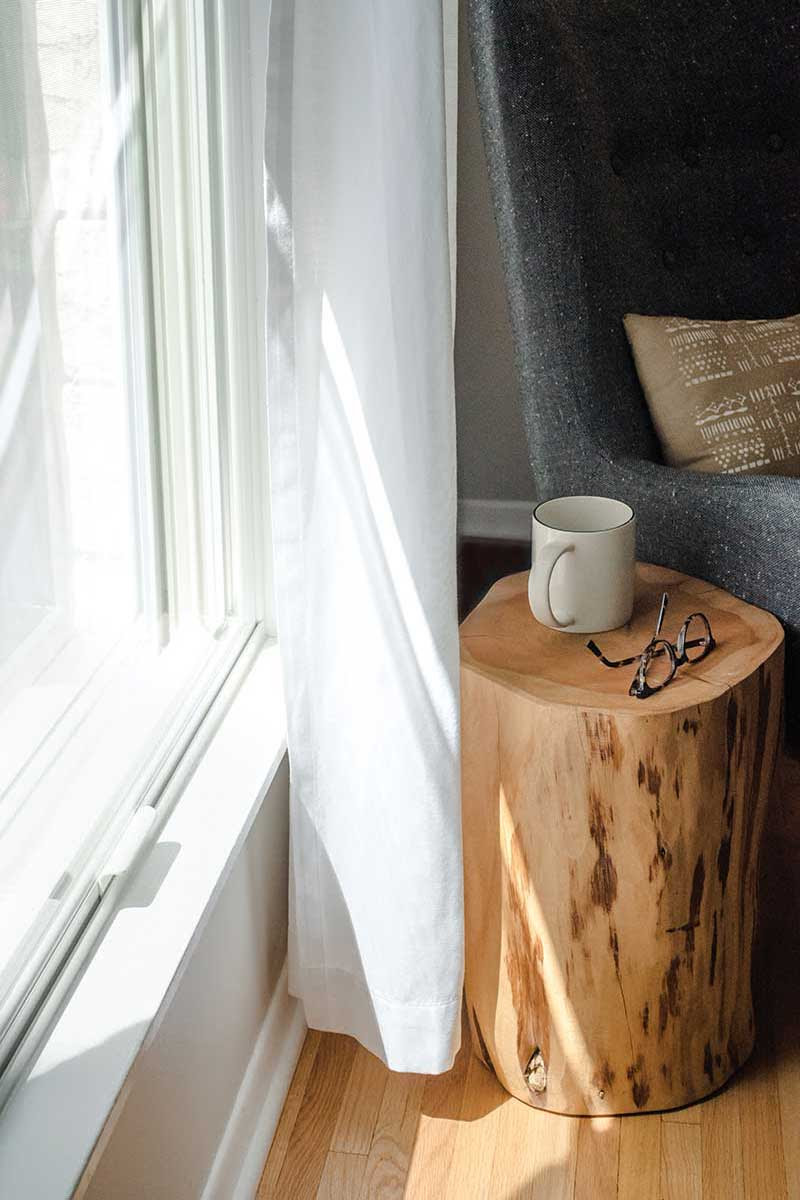
The energy-efficiency of glass are most affected by the thin, nearly invisible, Low E coatings on the individual panes of glass. Low E coatings perform a number of functions including keeping heat in, keeping solar heat gain out, and protecting your interior finishes and furnishings against the harmful UV rays of the sun. The type of Low E coatings that will be most effective on your windows will be determined by the type of climate you live in and whether or not your home is surrounded by trees or shaded by other structures. Your replacement contractor will be able to explain the different options and suggest the best one for you.
Another way to increase performance is by adding a pane of glass. Three panes of glass can improve energy efficiency and cut down on unwelcomed street noise from entering your home. Security and storm glass are also options which can add a more robust layer of protection against the threat of severe weather and forced entries.
Is Decorative Glass an Option?
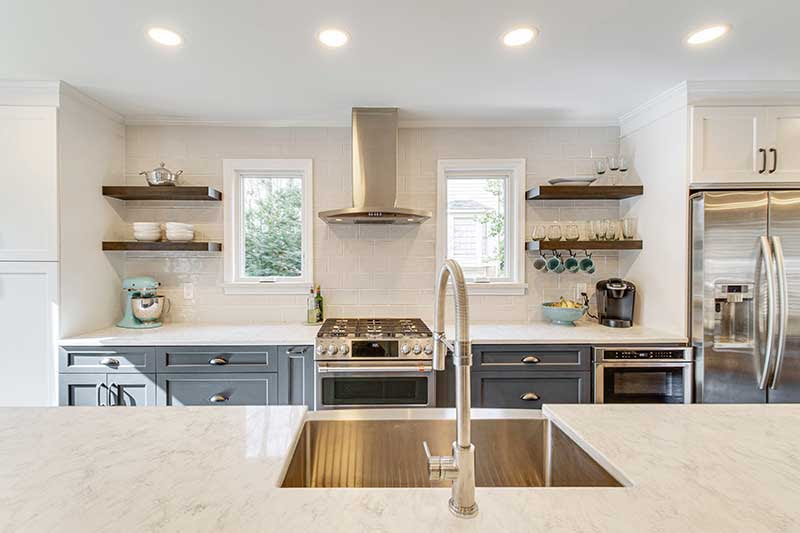
Whether you own a craftsman-style, Victorian, modern colonial, or a ranch home, you can adorn your new windows and doors with a simulated divided lite grid pattern that is perfectly suited to complement your home’s unique design. You can even place the divided lite bars between the grid for easy cleaning. And for rooms where privacy is a priority, glass can be tinted and obscuring decorative glass textures are available.
What Materials are the Best Glass Made Of?
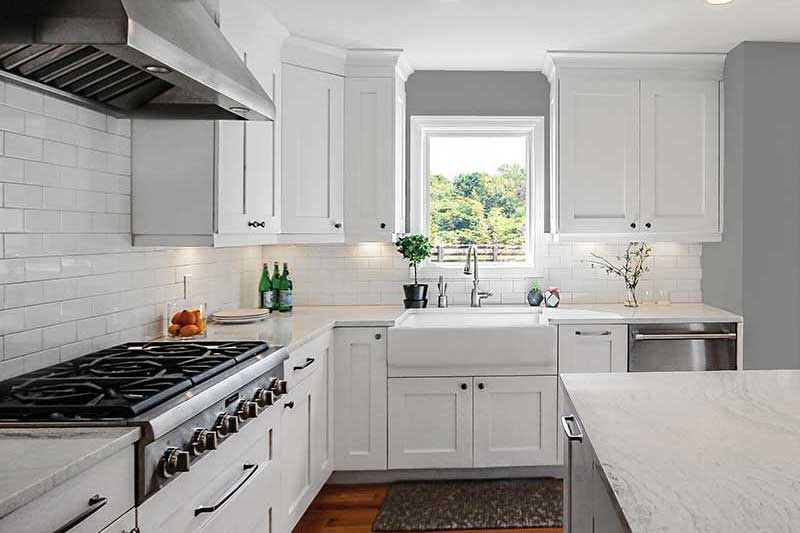
Enhancing the interior of your windows with the warmth and beauty of natural wood is an excellent way to create comfortable, welcoming spaces. The exterior of most windows are made of either, aluminum cladding, fiberglass, or vinyl plastic. Of these, aluminum, especially extruded aluminum, and fiberglass exteriors are the most durable. Here are some advantages of each.
Extruded Aluminum Cladding
- Low-maintenance, long-lasting finish
- Thicker than roll-formed aluminum
- Better able to resist dents than roll-formed aluminum
- Extreme heat and UV rays will not distort or cause to become brittle like vinyl
Fiberglass
- Low-maintenance, long-lasting finish
- More resistant to dents and scratches
- Most efficient thermal properties
- Does not expand and contract like vinyl plastic
How Do I Measure My Windows and Doors for Replacement?
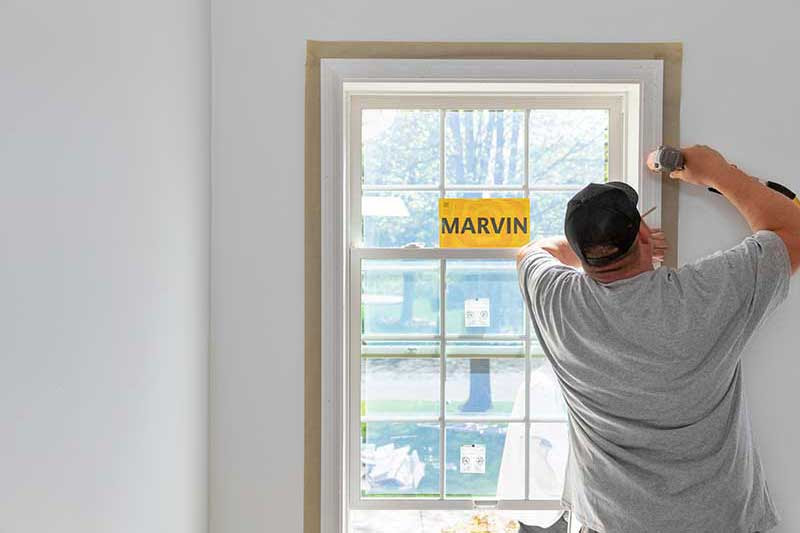
In order to get the conversation started with potential replacement contractors, you may want to measure your own windows and doors first. But don’t worry about getting the measurements 100 percent accurate, because every contractor will want to measure them themselves before ordering the products. And depending on your type of installation, they may want to remove a piece of window or door casing trim to get an exact picture of what will be needed to successfully complete your project. In addition to the width and height of the windows and doors, they will also want to know if the walls of your house were built with 2x4s or 2x6s.
Window measurements are recorded in inches, width first and then height (WxH). So, a 36×60 window is 36 inches wide by 60 inches tall. Here’s how to measure them: From inside your home, measure the distance between the two side jambs (sometimes called jamb extensions) and then measure the distance between the top and bottom jambs. If your window is finished with drywall instead of jamb extensions, just measure the distance between the drywall from side to side and then top to bottom.
Door measurements are also recorded width first then height, but door measurements can also be expressed in feet and inches. So, a 32-inch-wide door is often referred to as 2/8 (pronounced two-eight) because 32 inches is the same as 2 feet 8 inches. And a door that is 80 inches tall (the most common size) is also known as a 6/8 because it’s 6 feet 8 inches tall. One easy way to measure a door is to simply open the door and measure the door slab from side to side and then top to bottom.
Can I Change a Window or Door Size?
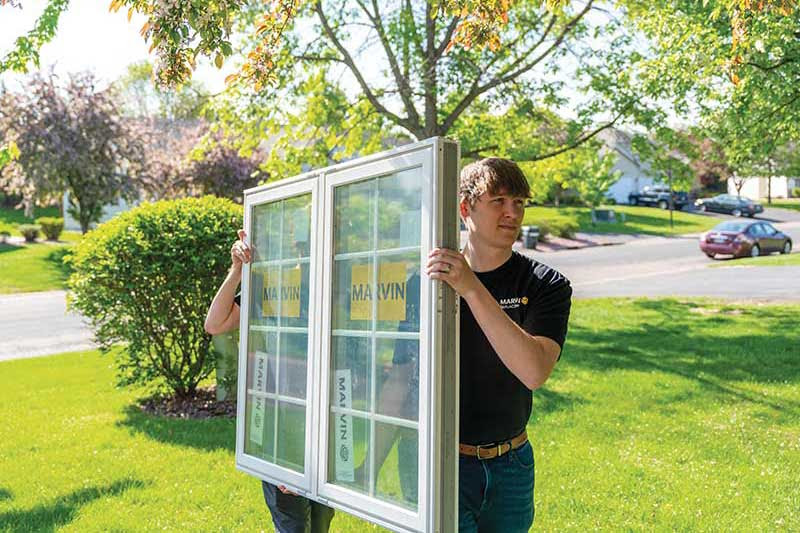
Adding a large glass door and expansive windows are great ways to leverage beautiful views, and flood rooms with healthy light and fresh air, but increasing the size of an existing opening could require significant structural renovations and may involve relocating electrical wires, plumbing pipes, and even heating and cooling ducts. While these challenges are not insurmountable, they may be out of the scope of many window replacement companies and may require the expertise of a full-service remodeling contractor.
Replacing an existing window with a smaller one to make room for built-in shelving or maybe a new piece of art or furniture is easier to accomplish from a construction standpoint, but it may not be allowed by your local residential building codes. These minimum size requirements are intended to make sure that people have enough room to escape and to provide access for first responders in case of an emergency indoors.
How Can I Save Money?
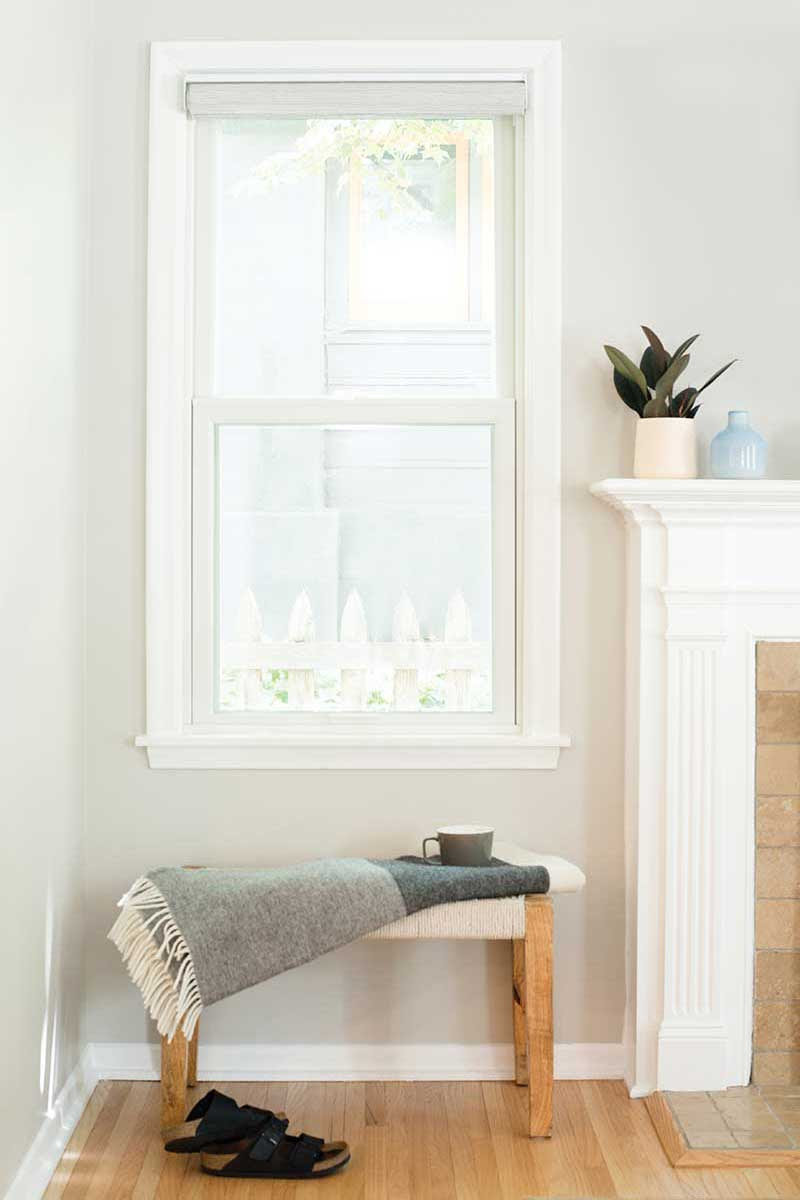
There are several ways to save money on a window-replacement project. Most importantly, you need to find out if you even need new windows in the first place. Maybe your existing windows could be repaired, or maybe only some of them need to be replaced. You could also save money by buying screens for only those windows that are opened on a regular basis. You could even replace infrequently used windows with non-operating windows.
And, of course when one thinks of saving money on a window and door replacement project, the obvious solution may be to just buy cheaper windows. However, as you are probably aware, cheap products are cheap for a reason. Higher-quality products last longer, and if you calculate the cost of windows and doors throughout their life expectancy, the money savings between bargain and premium products becomes less distinct. And when you factor in the difference in performance, comfort level, and the potential hit you may take if you sell your home, those cheap windows and doors may end up costing you in the long run.
What Can I Expect When the Replacement Process Starts?
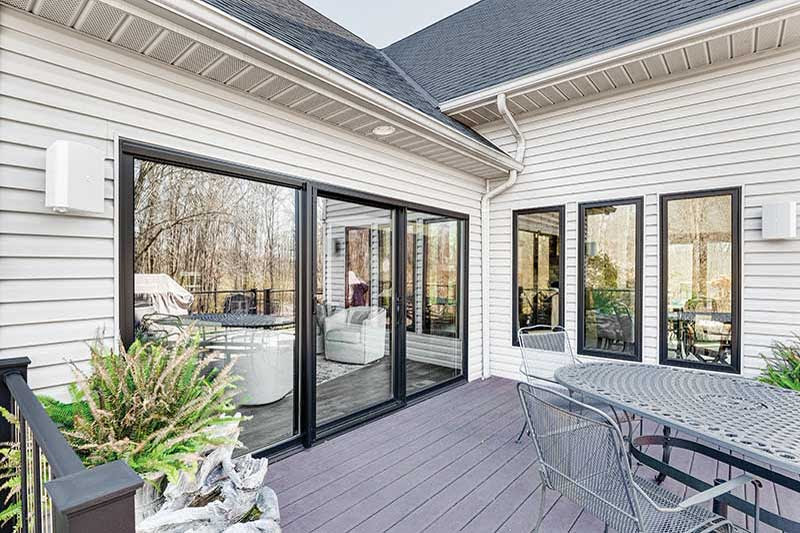
Your window and door installation professionals might bring your new windows and doors with them when they arrive to start the job, or they might be delivered beforehand. If the windows and doors are going to be shipped direct to you, you’ll want to make room for them, in your garage if possible.
When working with insert windows, an experienced crew of two installers can replace a window in an hour or less. Full-replacement windows can take much longer, especially if there is elaborate trim that needs to be managed. Removing and replacing a door can take several hours.
Make sure the installers have enough room to work both inside and out. This may involve trimming bushes outside and moving furniture inside. If you’re able, remove any curtains or shutters that will hinder the installation process, and to prevent damage to valuable items, relocate them away from any window or door that’s going to be replaced.
Unfortunately, it’s not uncommon to find damage caused by water infiltration when replacing doors and full windows. Most installation crews can complete minor repairs, but more significate restorations may need to be completed by an experienced carpenter or restoration contractor. It’s a good idea to allow for this unfortunate possibility in your budget.
What Questions Should I Ask My Dealer or Marvin Certified Installing Retailer?
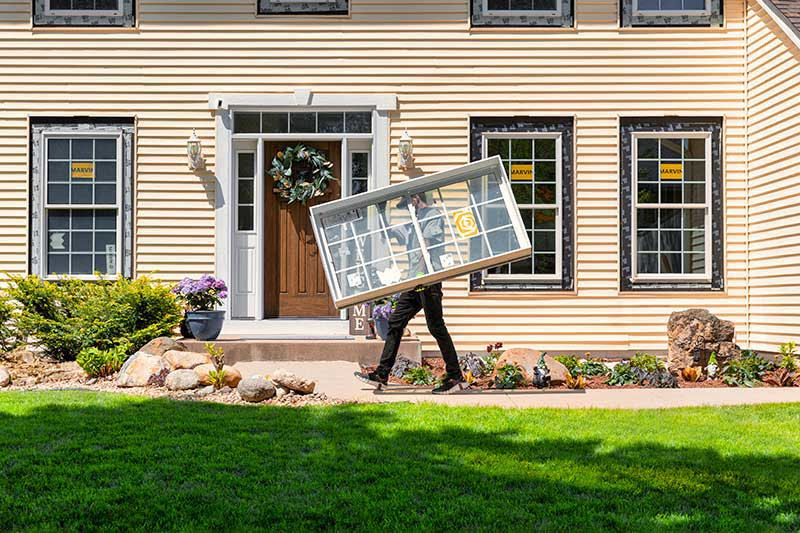
When it comes to home-improvement products, communication is key. Here’s a list of questions you can ask potential replacement contractors to help you better understand their process and to help them better understand your needs.
- Do they have a list of references?
- Are they insured?
- What type of product and labor warranty do they offer?
- Do all the windows and doors need replacing?
- Would inserts or full-replacement windows make the most sense?
- Which material is best for this project, extruded aluminum or fiberglass?
- Is changing the type of window a good idea (ie double-hung to casement)?
- What are the patio door options: slider, French, etc.?
- What glass performance packages do they recommend and why?
- What are the divided lite options?
- What are the decorative glass options?
- What are the hardware finish options?
- What are the door and window security options?
- Who’s responsible for finishing interior wood or entry door surfaces?
- Are windows without screens less expensive?
- Are fixed windows (windows that don’t operate) less expensive?
- Do they charge for removing and replacing shutters or curtains?
- Are they capable of removing trim and replacing it?
- Are they capable of altering opening sizes and what is their process?
- What is the probability of finding water-infiltration damage?
- Are they capable of repairing water infiltration damage if they find it?
- What do they charge for repairs and/or structural alterations?
- Can they recommend a carpenter if needed?
- Can they recommend a painter if needed?
- How do they manage lead paint (for homes built before 1978)?
- Will there be a dumpster delivered?
- Will the windows and doors be delivered beforehand?
- Do they haul away the old windows and doors?
- Do they work weekends?
- Approximately how long will it take once they begin?
- When can they start?
If you are interested in learning more about Marvin Windows and Doors, please call (510) 649-4400 or text us at (510) 841-0511 and speak to our Window and Door experts.
Join our mailing list, follow us on social media, check out our events page on our home page of the website to feed your design curiosity, find solutions and stay inspired.
You can also schedule an appointment or come in and view our vast selection of Marvin Windows and Doors.


